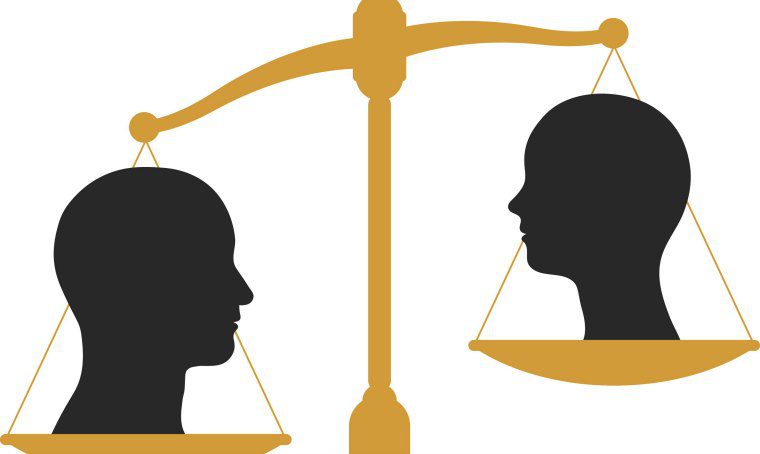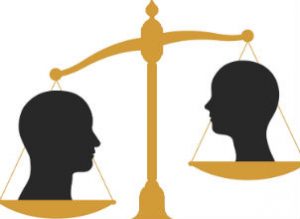
 If a training program doesn’t work, most learning leaders will scrap it or at least redesign it so that it provides organizational value. But that’s not the case with unconscious bias training. It’s often done — poorly — just to cover compliance or legal bases or to ensure the right image. Or, it’s done without the necessary follow up to insure the content sticks, behaviors change, and related talent management processes adapt to create a more inclusive workforce.
If a training program doesn’t work, most learning leaders will scrap it or at least redesign it so that it provides organizational value. But that’s not the case with unconscious bias training. It’s often done — poorly — just to cover compliance or legal bases or to ensure the right image. Or, it’s done without the necessary follow up to insure the content sticks, behaviors change, and related talent management processes adapt to create a more inclusive workforce.
Critics say unconscious bias training has a bad reputation because it doesn’t work. Simma Lieberman, president and CEO of Simma Lieberman Associates, a diversity and inclusion consultancy, said there are three reasons why that may be:
The relationship between training and work is missing. Employees don’t see how unconscious bias training affects their jobs or the organization. Therefore, its value is questionable. “They just see it as training,” Lieberman explained. “And some trainers see it as just another thing that they do, like teaching speedreading or something.” The training is disconnected from broader strategy.
Participants believe if they acknowledge a need for this training, they will have to change. Change is scary. Viewing unconscious bias from a process perspective would logically require substantive change to established strategies or systems, or the effort is wasted. Lieberman said leaders may not know what that new state looks like, and the amount of work needed to get there can be daunting.
Leaders don’t see the business case. If leaders don’t have a diversity mindset, or see the value of inclusion in the workforce, Lieberman said “unconscious bias training becomes a kind of status — we do this, we’re cool. But it doesn’t go any further; they think that’s all they need to do; they don’t need to change anything.” Like most things in business, unconscious bias training needs committed support from the top to be successful.
If leaders aren’t willing invest in a long-term diversity and inclusion strategy that includes strategic cultural and talent-related changes, unconscious bias training likely will not stick. The training becomes static, insular and disconnected from the larger talent management picture. Essentially, don’t bother.



